Some might dismiss Pinterest as a place for outfit ideas and motivational memes, but the platform is becoming a powerful online shopping tool. We’ve already established that Pinterest is fantastic for advertising, but it also works great with direct sales conversions.
As a place that encourages endless scrolling, Pinterest’s power is limitless. If you take the platform seriously and put some love into your business page, you can start selling products on Pinterest in 7 simple steps.
Bonus: Download a free guide that teaches you how to make money on Pinterest in six easy steps using the tools you already have.
Why sell products and services on Pinterest?
Pinterest is much more than a fun way to kill an evening on your tablet with a glass of wine. Launched in 2010, the platform has become very popular in recent years, and its developers have risen to the occasion by adding more and more features for brands, without taking away from the user experience.
The truth is, Pinterest is the ideal choice for retailers, and its selling potential should not be underestimated. Here are just some of the reasons why:
It’s growing fast
The app is fast approaching half a billion users, and this stellar growth is inspiring more and more business owners to jump on board. According to our survey, Pinterest’s marketing effectiveness increased by 140% between 2021 and 2022, and many marketers are planning to invest a lot more time and money in Pinterest 2022
It’s shopping-friendly
Pinterest is a perfect hybrid of social media and window shopping. Whether they’re casually scrolling or actively planning a major purchase, an estimated 47% of users view Pinterest as the platform for buying products. Considering how many people use the service, that’s a hefty amount of potential shoppers.
It’s self-contained
Unlike other social media platforms, Pinterest allows you to make sales directly on the platform — you don’t have to send potential customers anywhere else. Pinterest’s shopping features allow you to create a unique and seamless shopping experience that will minimize the risk of customers dropping out before checkout.
Note that on-platform checkout is currently only available to iOS and Android users based in the US. Brands from other countries can set up Pinterest storefronts and direct users to their ecommerce stores for checkout.
It’s cutting edge
The renewed interest in Pinterest means there are more people using the app than ever before, and the company continually rises to the occasion by rolling out new features.
In 2022 alone, Pinterest launched the Try On for Home Decor feature, which allows Pinners to test out home goods using augmented reality (AR). Using this feature, you can see how a piece of furniture would look in your space:
Source: Pinterest
Pinterest shopping features
Pinterest has been shopping-friendly for many years. In 2013, they introduced Rich Pins, which pulled data from brands’ websites to their Pinterest content. In 2015 they added “buyable pins,” which were rebranded to Product Pins in 2018.
Still, the app went above and beyond for brands during the COVID-19 lockdown. In 2020, they launched the Shop tab, which made it even easier for users to shop while searching the app or browsing a board.
There are currently 5 ways Pinterest users can shop the app:
- Shop from Boards: When a Pinterest user visits a home decor or fashion board, the Shop tab will show products from the Pins they’ve saved. If those exact products aren’t available, it will serve up products inspired by the Pins.
- Shop from Pins: While browsing regular Pins on Pinterest, users can tap shop similar to see related products for both looks and rooms.
- Shop from Search: The Shop tab is now easily available from search results, so if Pinterest users search “summer outfits,” “apartment ideas” or “home office,” they can easily tap the tab and be fed shopping options.
- Shop from Style Guides: Pinterest curates their own style guides for popular home decor terms like “living room ideas,’ “mid-century,” “contemporary” and more. The goal is to help Pinners find products even if they don’t know exactly what they’re looking for.
- Shop from Brand Pages: Stores that sign up for Pinterest’s free Verified Merchant Program can have a shop tab right on their profile (like in the example below), meaning Pinners are just a tap away from a shopping spree:
Source: Pinterest
Sounds pretty good, right? Well, let’s get selling!
How to sell on Pinterest
As we’ve already established, there are many different ways to use Pinterest as a retailer.
Whether you’re using it to send out #inspo vibes and build awareness, or making sales on the platform, you should have a solid strategy in place.
Here’s a comprehensive, step-by-step guide for how to sell on Pinterest.
1. Find the right niche
This is a key part of any brand philosophy, but it’s especially important on Pinterest. Before you set up shop, consider your target audience and content strategy. After all, this appis all about curation — it’s key to make sure you’re starting from the right place.
Spend some time on Pinterest to understand the distinct communities and where your brand might fit in, whether it’s cottagecore fashionistas or mid-century modern houseware addicts.
2. Set up a business account
In order to do business from your Pinterest account, you need to make sure you have a business account. No-brainer, right? Well, a business account is different from a personal account in many ways — it gives you access to features like analytics, ads, and a large business toolbox.
There are two main ways to get a business account. You can convert your personal profile into a business account by following the instructions here, or you can sign up for a new business account from scratch.
Learn more about setting up a Pinterest account in our guide to using Pinterest for business.
3. Solidify your brand
Before you get to the fun stuff, it’s important to make sure your Pinterest profile is aligned with your brand as a whole. That means taking time and care to make sure everything is in order, from your username and profile photo to your bio and contact information. Pinterest users who come across your brand on the platform should be able to easily identify it if they’ve seen it before.
As previously mentioned, you can also sign up for the Verified Merchant Program, which is free and will add a blue check (not unlike Twitter and Instagram’s verification mark) to your page. This will make your brand come across as more credible on the platform.
This is what a verified Pinterest account looks like:
4. Define your aesthetic
Though it’s truly a unique beast, at it’s core, Pinterest is a visual search engine. That means, of course, that you should keep SEO-friendly titles in mind on your posts, but it’s most important that you create a strong visual identity.
In Hootsuite’s Social Trends 2022 report, we studied how Structube created a series of visually striking, 1950s style ads to promote their furniture. On Pinterest, these photos were tagged by room — a savvy marketing move, considering that’s exactly how Pinners shop for home decor products. The result was a 2x higher return on their ad spend.
Structube’s entire Pinterest account has a aesthetically consistent look and feel:
5. Create a catalog
Before you get to pinning, there’s one more crucial step in setting up your Pinterest shop: creating a catalog. This process requires a spreadsheet with some key information that is then used to generate Product Pins and create a catalog on Pinterest.
The product spreadsheet has seven requirements: a unique ID, title, description, product URL, image URL, price and availability. Pinterest has made a sample spreadsheet available here.
You also need to host your data somewhere. To submit to Pinterest, you need to provide a link to your CSV that will always be available to them. It can be hosted via an FTP/SFTP server or via an HTTP/HTTPS download link, but it can’t be password-protected. Once you submit this link to Pinterest, your products will be available as Product Pins.
Pinterest refreshes your data source once every 24 hours, so you should be able to add products to the spreadsheet and have them automatically show up in your Pinterest shop without much work. The company also says they can process up to 20 million products per account, so unless you’re running the biggest store to ever exist on earth, you should be able to create a comprehensive product list.
6. Use Rich Pins
A product spreadsheet is a fantastic way to keep your Pinterest up to date, but there’s another way to access many special features on the app. If you’ve claimed your website as mentioned in step 3, there are plenty more features at your fingertips.
For example, you can generate Rich Pins, which use the metadata on your site to create standalone pins primed for discoverablity in search.
To get Rich Pins, you’ll need to apply for them. Then, Pinterest will analyze your site’s metadata to make sure it syncs properly. Find more information on the types of Rich Pins and the setup process here.
Once they’re approved, Rich Pins will be readily available every time you tap Create a new pin.
7. Make marketing moves
You know your brand, and you know exactly what you want to do with it. Now’s the time to bring your marketing savvy to the Pinterest boards.
Was a celebrity photographed wearing your clothing? Or an influencer used one of your home decor products in their pics? Go on a tagging spree and pin your products. Further, you can get a lot of mileage by tagging your items on Shop the Look posts.
Pinterest also reports that brands that tag details like free shipping or product ratings saw double the number of checkouts, so it doesn’t hurt to finesse your feed with those integral details too.
As cliché as it sounds, the absolute most important technique is to have some fun with it. You want to be a brand with a Pinterest account, not a brand that spammed the site with products. Be sure to Pin relevant, engaging content that isn’t a product as often as you do product posts. That way you can engage with the community in an organic way while also driving sales.
Save time managing your Pinterest presence using Hootsuite. From a single dashboard, you can compose, schedule and publish Pins, create new boards, Pin to multiple boards at once, and run all your other social media profiles. Try it free today.
Schedule Pins and track their performance alongside your other social networks—all in the same easy-to-use dashboard.
The post How to Sell on Pinterest: 7 Simple Steps appeared first on Social Media Marketing & Management Dashboard.

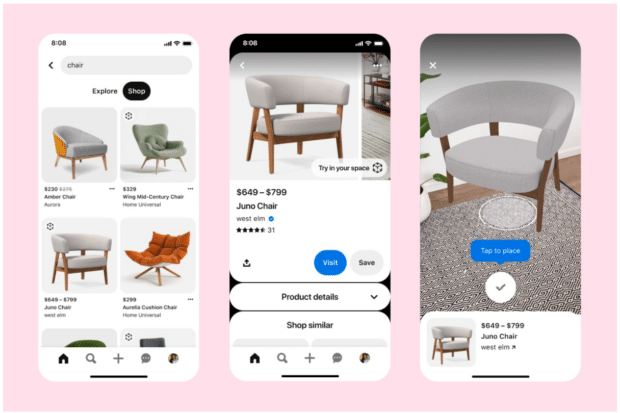
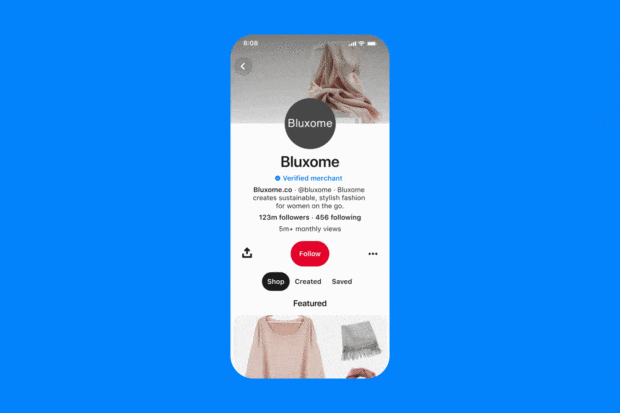
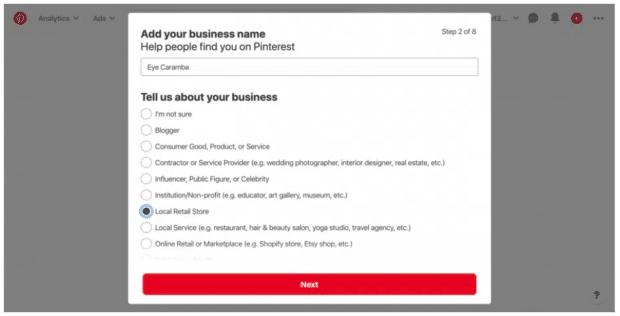
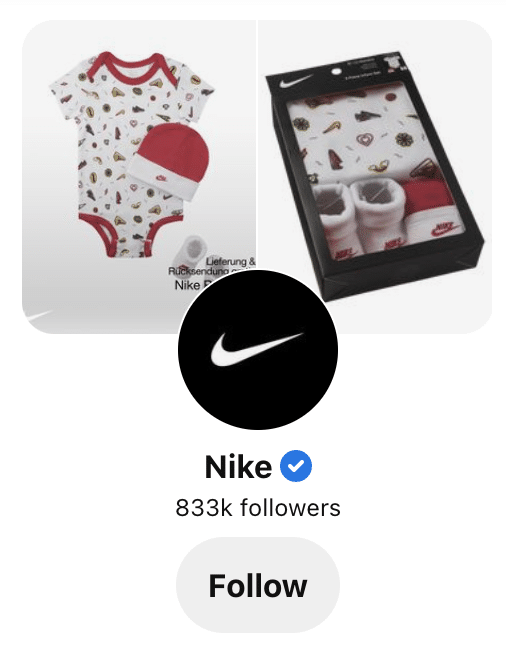
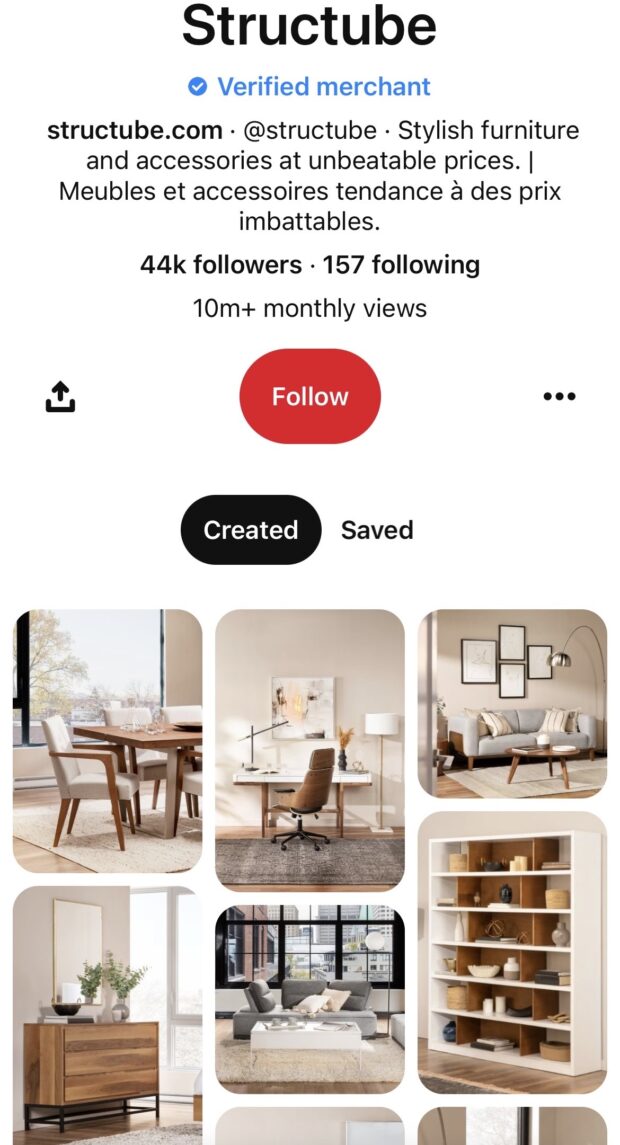




Recent Comments